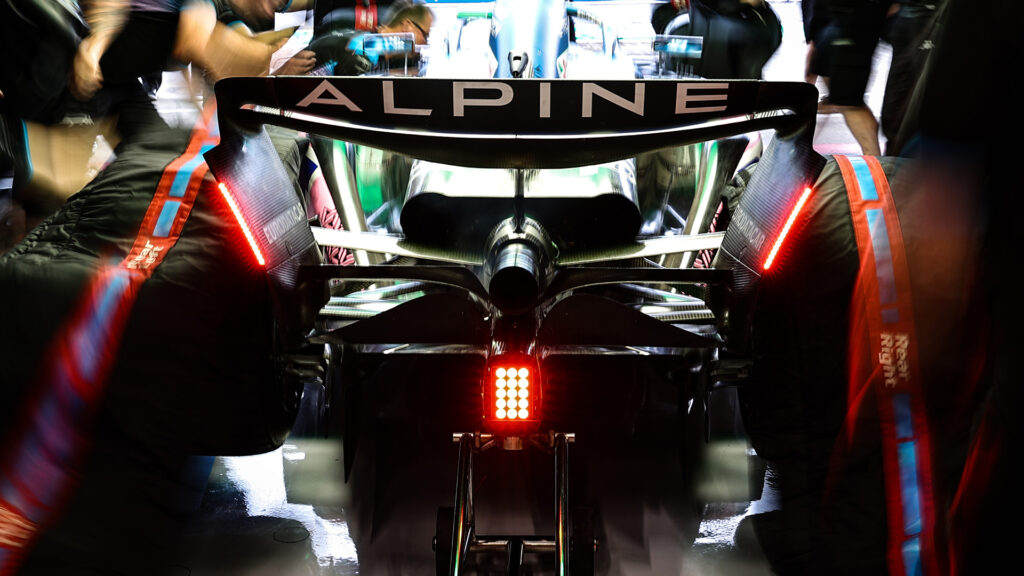The world of F1 is no stranger to seemingly ordinary items with ridiculous prices – $500,000 suspension, $250,000 wings, even $50,000 steering wheels. And in a new video from Driver61, Scott Mansell explains that even items as simple as the heated tire blankets can cost as much as $27,525 per car to operate over a race weekend.
To better understand why these blankets are so expensive, it helps to first understand why the tires need them in the first place. F1 tires start to achieve peak grip at much higher temperatures than the average road tire, somewhere in the range of 100°-110°C (212°-230°F). Below that threshold, they’re not only uncompetitive, but borderline undriveable. Naturally, that means that during a race, drivers want to get their tires up to temperature as quickly as possible to extract the maximum performance from their car as soon as possible. They could warm up the tires themselves using a number of techniques, but that takes precious time that could otherwise be spent extending a lead or closing a gap to an opponent.
Enter the tire blanket. By pre-warming the tires close to their optimal operating window, drivers are able to get them up to temperature much quicker than if they went out on room-temperature rubber. At first, this job may sound simple, but there’s actually quite a few factors at play.
See Also: Pirelli Motorsport Boss Reveals F1’s Most Demanding Challenges With Tire Tech
Watch: How Formula 1 Tires Have Evolved To Become Faster And Faster, Until They Became Slower
For one, it’s not just a tire’s temperature that determines its performance, but also the distribution of that temperature throughout its structure. If the tire isn’t heated for a long enough period, the tread may be up to temperature, but the core could still be cold, leading to premature wear and reduced grip. Similarly, if the surface of the tire is heated unevenly, its grip will be inconsistent, and that same premature wear will ensue.
Because of that, the time it takes for the blankets to deliver heat into a tire is carefully regulated by controllers, and a special conductive gel around the heating element ensures an even temperature distribution across the tire. Additionally, as temperature increases, so does pressure, so as the tire is being heated, a dedicated set of sensors monitors it to keep it at the desired pressure.
When all of this is taken into account, you begin to see why so much technology is packed into these blankets, as well as the costs associated with their use. Nevertheless, teams are willing to invest in performance, even if it only nets them fractions of seconds per lap – it’s simply the nature of the sport. And in the grand scheme of things, with each team allowed to spend as much as $135 million on their car over the course of a season (down from over $450 million in prior years), $28k per car per race weekend starts to seem a seems a lot cheaper.



